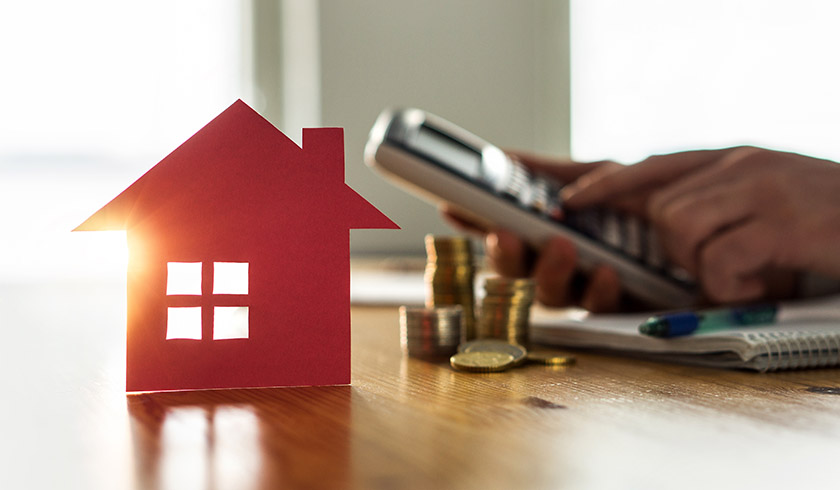4 things you need to know before purchasing property through your SMSF
Many of the world's richest have made their fortunes using this strategy, so what do you need to know before emulating their success?

The BRW Rich 200 List published in The Australian Financial Review in 2016 revealed that 50 of the wealthiest people made their fortunes through bricks and mortar, mostly through developing and selling property – rather than investing in (keeping) property, like average investors.
To continue reading the rest of this article, please log in.
Create free account to get unlimited news articles and more!
Average investors believe that purchasing properties and growing a large property investment portfolio is the way to build wealth. Subsequently, many leave all of their equity in their home and investments and wait for market forces to grow its value.
Wealthy investors, however, actively build their wealth in five ways:
1. They always buy under market value
2. They look for cash flow-positive investments
3. They constantly monitor the market to buy and sell at the right time, to take up better growth opportunities
4. They use experts and partner with successful property developers to leverage their contacts, time, experience and expertise to make more money, faster
5. They develop property (and don’t always keep it)
Does it surprise you that many wealthy investors don’t actually keep property?
It’s true. The most successful investors are the ones who partner with reputable developers, providing them with seed funding to get developments off the ground. In return, these developers are happy to pass on their developer’s profit (remember this is not the only place a developer makes money!) while they do all the work.
Depending on the project and developer, it’s not unheard of for the investor to get a property directly from the developer at 15 per cent to 25 per cent below market value (cost price). This form of investing is often called ‘armchair development’, ‘passive development’ or ‘co-development’. In some cases, the investor can opt to take the profits in the form of good cash returns.
Many people believe that you have to have money, and significant money, to make money. It’s true to some degree, as most investors who purchase (and keep) property at cost price have to have a very large initial investment to do so.
But, as innovative crowd-funding opportunities open up in Australia, anyone can partner with developers and invest in property development for as little as $10,000.
But most of us mere mortals aren’t aware of two things:
1. We need as little as $10,000 cash to partner with a developer and make around 20 per cent plus cash returns, without keeping a property
2. We can access this cash from our self-managed super funds
Some developers will ‘convert’ the standard 10 per cent deposit on an off-the-plan contract into an equity investment so that the investor can get significant growth on their ‘deposit’ during the development process. These investors are often given additional incentives unavailable to ordinary retail investors who aren’t aware of these structured deals.
With 72 per cent of investors stuck just owning one investment property (so says the ATO) this is exciting news for all aspiring investors. You can build up your super or cash deposit funds by investing in property development (investing for cash returns), until such time as you can afford a much larger deposit to partner with developers and purchase cost-price property to build your portfolio – if keeping property appeals to you. Of course, not everyone wants to have to deal with tenants and property management issues.
There are a few key considerations investors need to be aware of to make money in property development through SMSFs.
1. Buy in suburbs BEFORE prices go up
By choosing the right locations, you could see your investment money work harder for you. Free research tools can help you pinpoint these suburbs with scientific accuracy.
2. Buy under market value
Successful investors make their money buying property at wholesale (or even cost) price. This means they never pay retail prices, which are often loaded with hefty commissions and other retail-specific purchase costs. Instead, they provide seed funding to developers in exchange for property at cost price – 15 to 25 per cent under bank/market value – or in exchange for healthy (20 per cent-plus) cash returns on cash-only investments. By buying under market value, they ensure they have a safety buffer against changes in market conditions during development or in the future.
3. Establish the set-up costs
Choosing where to invest wisely and controlling the set-up costs are paramount now that the days of double-digit growth are over. Be wary of spruikers or financial planners who are set to pocket handsomely from referral commissions, eating into your profits. They may not have your best interests at heart.
4. Choose the investment approach that suits your budget and strategy
Don't rely solely on market forces to deliver capital growth. You really can manufacture your own capital growth in two ways:
1. Partnering with successful developers to get cash flow-positive property at wholesale or cost price and significantly below bank valuation.
2. Investing cash with successful property developers for around 20 per cent plus cash on cash returns (sharing in the profit), and not keeping the property on completion.


